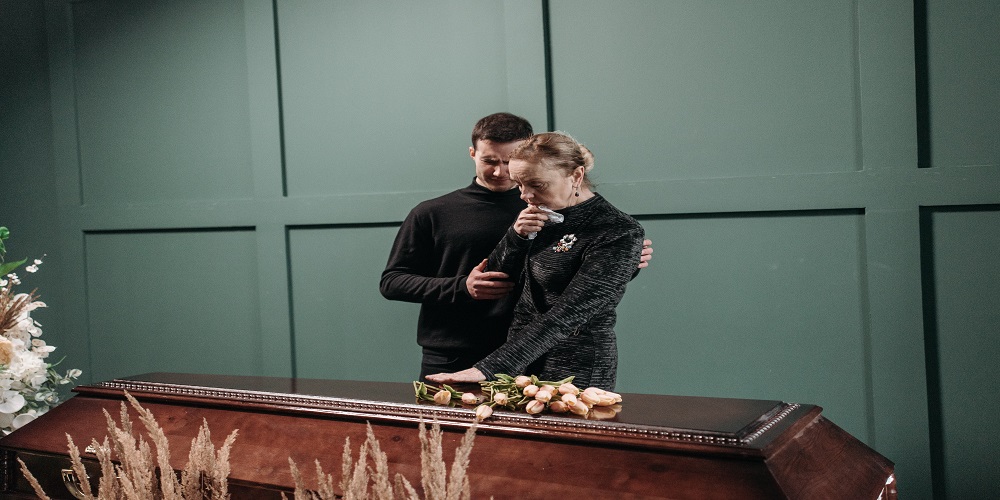When planning a funeral, many of us have questions about the traditions and customs of burial. One of these questions is why legs are covered in caskets before they are buried or cremated.
In this blog post, we’ll explore why legs are typically covered in caskets and offer alternative ways to honor your loved ones when burying them.

The History of Casket Coverings
In the Victorian era, it was tradition to cover the legs and feet of the deceased with a fabric shroud. This was done out of respect for the person who had passed away to ensure that their body was respected both in life and death.
It was also a sign of modesty – covering up any skin visible below the waist until burial preparations were completed. Over time, this tradition has evolved and shifted but is still often seen as part of funeral services today.
The Practical Side
Legs are typically covered in caskets for practical reasons as well. If the coffin will be left open during visitation hours, it’s important to make sure that clothing worn by family members isn’t exposed to view.
Leg coverings can prevent this while also providing warmth and comfort to those sitting close by during visitation hours.
Additionally, leg coverings can help support the deceased if transported in an open-top vehicle or moved around in a funeral home before burial or cremation.
Alternative Ways To Honor Your Loved Ones
It’s important to remember that although traditional leg coverings may feel like a comforting way to honor your loved one, other alternatives are also available.
For example, you could choose not to have any fabric placed over your loved one’s legs, instead opting for just a sheet over their body or clothing that reflects their personality best.
You could also choose an elegant wrap or capelet which covers from shoulders down, concealing more yet still honoring with beautiful fabrics and colors chosen specifically for your family member or friend.
In addition, flowers can be placed on both sides of the coffin instead of leg coverings if desired by family members or friends who may wish for something less traditional for their loved one’s final goodbye.
Verdict!
Legs being covered in caskets helps ensure both respect and protection during funerals. Still, it is ultimately up to each family’s wishes whether this wish should be carried out traditionally.
There are many other ways that family members can show respect and offer condolences without having fabric draped across their loved one’s legs, such as choosing beautiful garments they feel reflect their personality best or simply adding floral arrangements above them instead.
Ultimately how we choose to say goodbye is unique to each circumstance, and everyone should feel empowered enough to make decisions based on what feels right for them at the time; after all, saying goodbye doesn’t need rules set around it – but rather should come from what feels true within our hearts on such an important day filled with remembrance and celebration of a life gone by on its terms.
